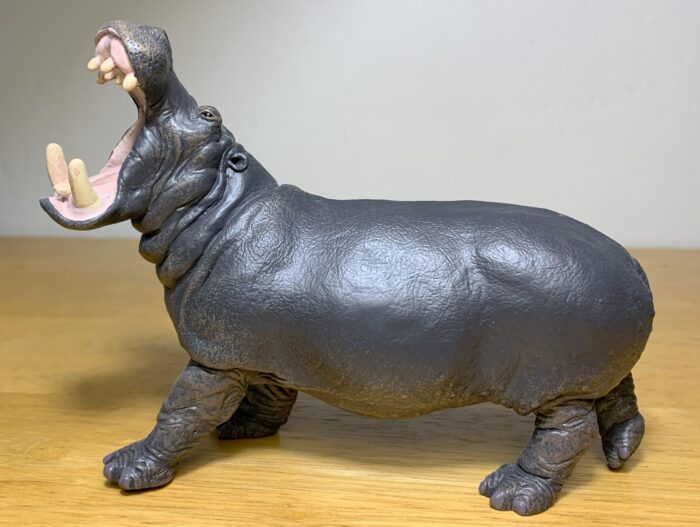Now having two pygmy hippopotamus reviews under my belt I figured it was time to check the other hippopotamus species off my review list, the common hippopotamus (Hippopotamus amphibius). This species has been reviewed a few times and is so widely familiar that it needs no introduction from me, so let’s dive on in.
Classification: Hippopotamuses
Pygmy Hippopotamus (JXK Studio)
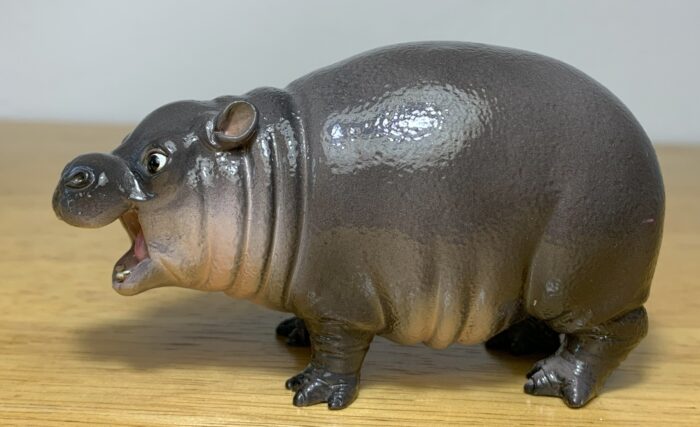
Today, July 10th, is a very special day. It’s Moo Deng’s first birthday! Moo Deng is a pygmy hippopotamus (Choeropsis liberiensis) that was born at the Khao Kheow Open Zoo in Si Racha, Chonburi, Thailand and became a viral sensation in the summer of 2024. So popular was Moo Deng that she was featured in an SNL skit and in Google’s “year in review” Google Doodle video.
Pygmy Hippopotamus (Wild Safari Wildlife by Safari Ltd.)
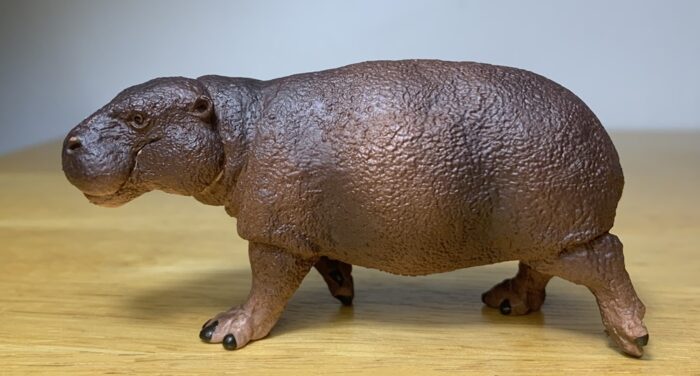
I wasn’t originally going to post a review this week but there was one last figure I wanted to cover before October began and creepy critters would dominate the blog. It’s the Safari Ltd. pygmy hippopotamus (Choeropsis liberiensis) and the reason I wanted to cover it sooner than later is thanks to a certain baby pygmy hippo that has taken the internet by storm.
Hippopotamus, calf (Baby Wildlife by Toymany)
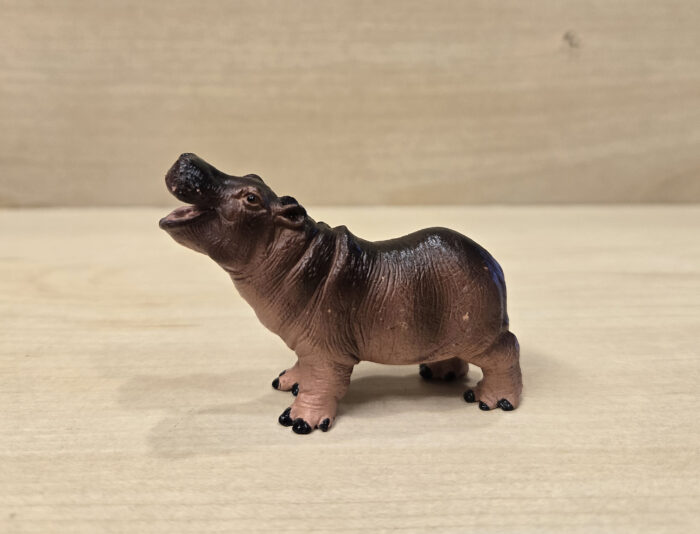
Before I start this review, I would like to thank @Kenc and our friends at Toymany for providing this review sample for the Blog! It is very much appreciated!
The common hippopotamus (Hippopotamus amphibius) usually mates during the wet season. Mating typically takes place in the water, with the female almost entirely submerged, only poking her head up on occasion to draw a breath of air.
Hippopotamus, adult (2018) and calf (2020) (Wild Life Africa by Schleich)
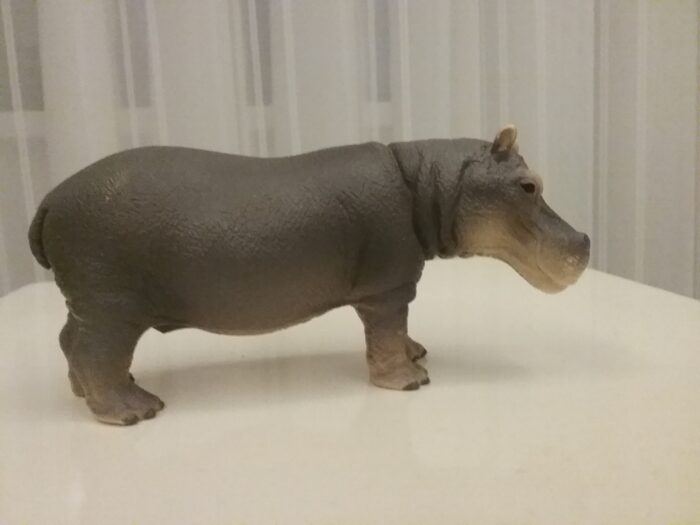
Review and images by Hippocollector; edited by bmathison1972
Hippopotamuses, or hippos (Hippopotamus amphibius), are very big and funny-looking animals that spend most of their time in water. Don’t let their cute appearance fool you! They are one of the deadliest animals that live in Africa and are very territorial, so it’s not the best idea to roam in their territory, so let’s look at small and safe hippos instead!
Hippopotamus, 1996 (Wild Safari Wildlife by Safari Ltd.)
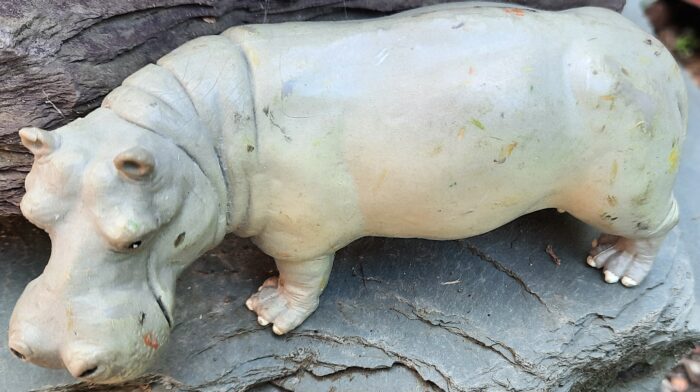
Another “Savanah Summer” that will see us back into the water, or at least wade through it. After all, though they are known as “water horses”, the Hippopotamus (Hippopotamus amphibius) does not actually swim like it’s cetacean relatives, more hopping along the bottom of the body of water they are in, so don’t venture into deep water.
Hippopotamus, male 1996 (Wild Life by Schleich)
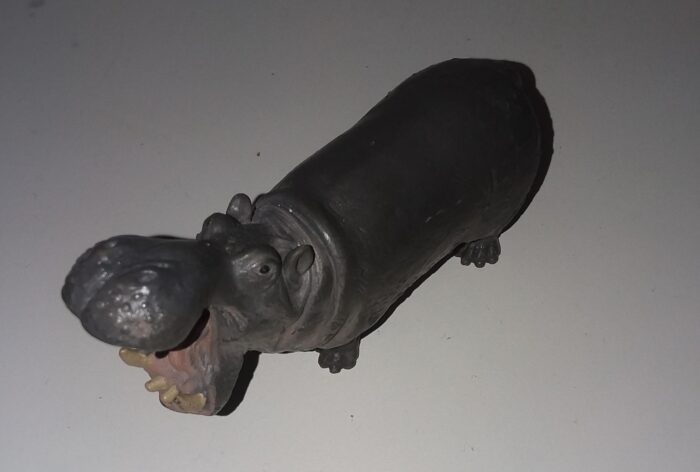
Hippopotamus (FINA Save Wildlife Collection by Toy Major)
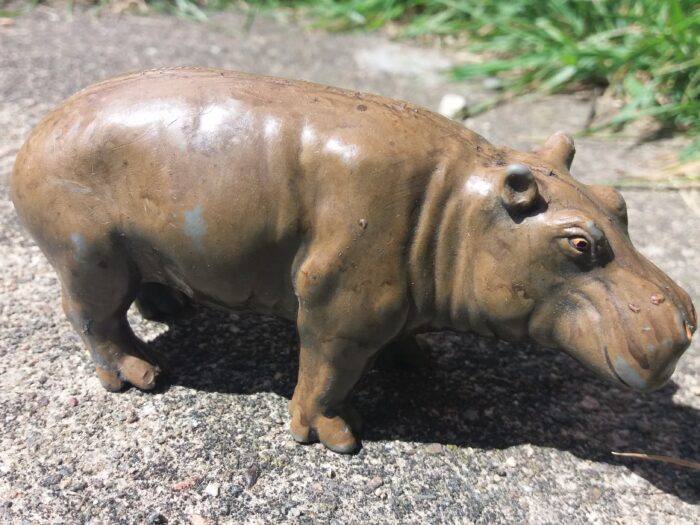
When most think of dangerous animals in Africa, known for killing people, most will think of lions, crocodiles, and hyenas (oh my!). But the animal that actually kills the most people is the common hippopotamus, as they can be very aggressive about their territory. But leave them be and they are benign, incredible animals.
Hippopotamus (Wildlife by CollectA)
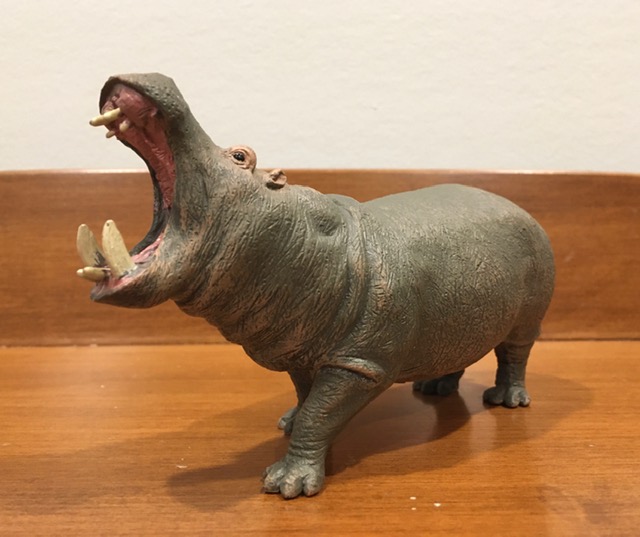
Review and photographs by Suspsy; edited by bmathison1972
While the Nile crocodile may be the biggest and deadliest predator in Africa’s waterways, it is still no match one on one for an even bigger and arguably more dangerous resident. A creature that rivals a rhinoceros in weight, can outrun a human on land, and boasts an immense mouth full of savage teeth.

